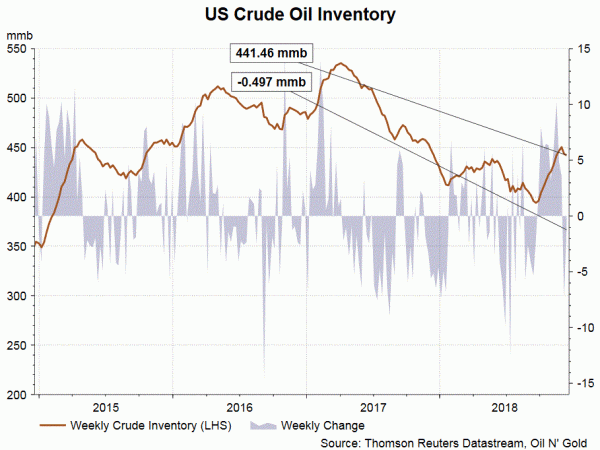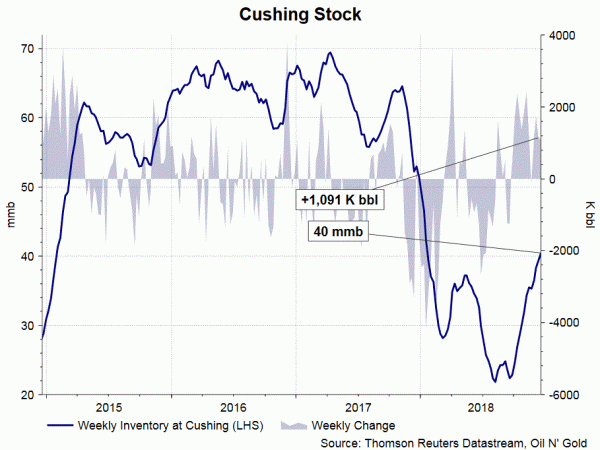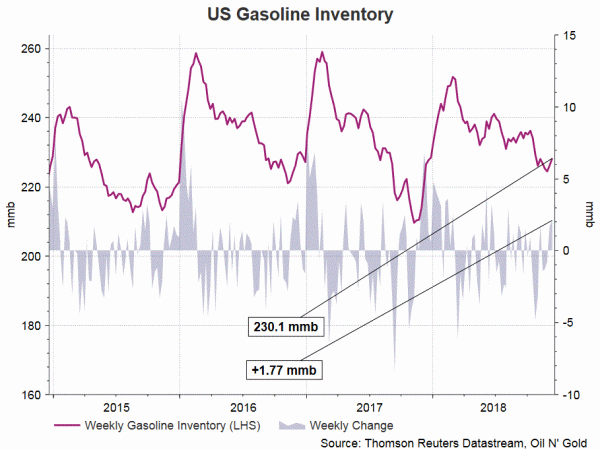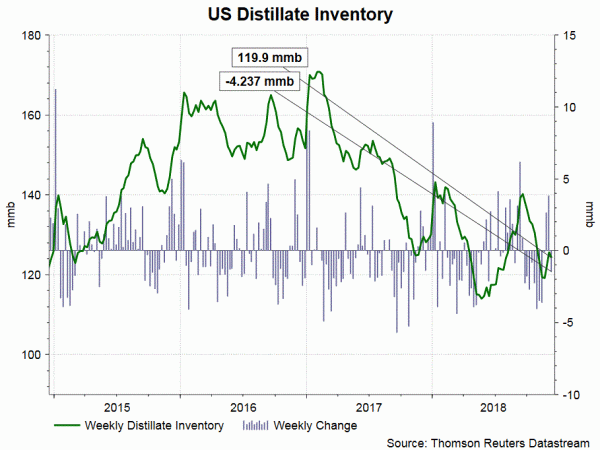The deal made by OPEC+ to cut output had only limited boost the oil prices. The renewed selloff in crude oil prices, indicating another leg of downturn, is driven by concerns over global growth slowdown, decline in stock markets and Saudi Arabia’s budget plan. US’ weekly report showed less-than-expected withdrawal in crude oil inventory while production stayed at record high. The fundamentals point towards dismal price outlook for the coming year.
New OPEC+ Deal
The majority of OPEC members and several non-OPEC producers has agreed on December 7 to reduce the overall production by 1.2M bpd (from October’s output), effective as of January 2019 for an initial period of 6 months. On aggregate, OPEC would be responsible for 0.8M bpd of the cut while non- OPEC participating countries would be responsible for the remaining -0.4M bpd. In the OPEC camp, Saudi Arabia would take up the most reduction, prone to reduce its output by -0.28M bpd. For non-OPC participants, Russia would reduce its output by -0.23M bpd, to around 11.17M bpd from October’s post-Soviet high of 11.4M bpd.
While this marks a 1.2M bpd reduction for the entire OPEC+ group from October. The effective cut from November levels indicates that the actual reduction would be near -1.5M bpd, as OPEC’s November production was higher than October’s
Saudi Arabia’s Budget Plan
At the budget plan for 2019, the Kingdom estimates that its oil revenue would rise to $177B, up +9% from this year. The projection sounds aggressive amidst production cut and weak oil prices. According to the December agreement, Saudi’s new production quota would be about 10.36M bpd in the first 6 months of next year. If it sticks to the quota, the Kingdom would need oil price to average at about $80/bbl (Brent crude) next year. This is roughly +10% above consensus forecast of $73/bbl. Should the Kingdom insist to achieve this revenue target at lower oil prices, it would increase production, a scenario detrimental to oil price outlook.
US Oil Inventory
The report from the US Energy Information Administration (EIA) shows that total crude oil and petroleum products stocks dropped -10.32 mmb to 1229.59 mmb in the week ended December 14. Crude oil inventory dropped -0.5 mmb (consensus: -2.44 mmb) to 441.46 mmb. Inventories decreased in 3 out of of 5 PADDs. Meanwhile, Cushing stock added +1.09 mmb to 40.49 mmb. Utilization rate climbed higher, by +0.3% to 95.4% and crude production steadied at 11.6M bpd for the week.
 Concerning refined oil product inventories, gasoline inventory added +1.77 mmb to 230.1 mmb although demand gained +2.29% to 9.24M bpd. The market had anticipated a +1.2 mmb increase in stockpile. Production slipped -1.18% to 9.24M bpd while imports jumped +13.33% to 0.6M bpd during the week. Distillate inventory declined -4.24 mmb to 119.9 mmb as demand soared +9.33% to 4.89M bpd. The market had anticipated a +0.57 mmb gain in inventory. Production dropped -2.74% to 5.39M bpd while imports were down -3.47% to 0.14M bpd during the week.
Concerning refined oil product inventories, gasoline inventory added +1.77 mmb to 230.1 mmb although demand gained +2.29% to 9.24M bpd. The market had anticipated a +1.2 mmb increase in stockpile. Production slipped -1.18% to 9.24M bpd while imports jumped +13.33% to 0.6M bpd during the week. Distillate inventory declined -4.24 mmb to 119.9 mmb as demand soared +9.33% to 4.89M bpd. The market had anticipated a +0.57 mmb gain in inventory. Production dropped -2.74% to 5.39M bpd while imports were down -3.47% to 0.14M bpd during the week.
Released after market close on Wednesday, the industry- sponsored API estimated that crude oil inventory soared +3.5 mmb during the week. For refined oil products, gasoline stockpile gained +1.8 mmb while distillate was down -3.4 mmb.














